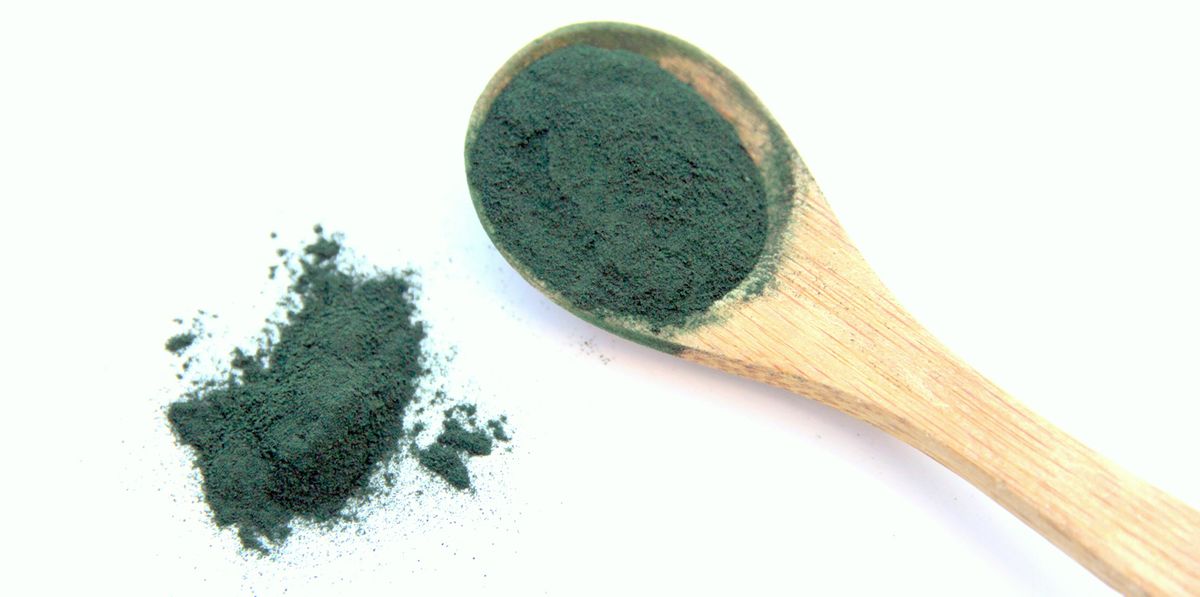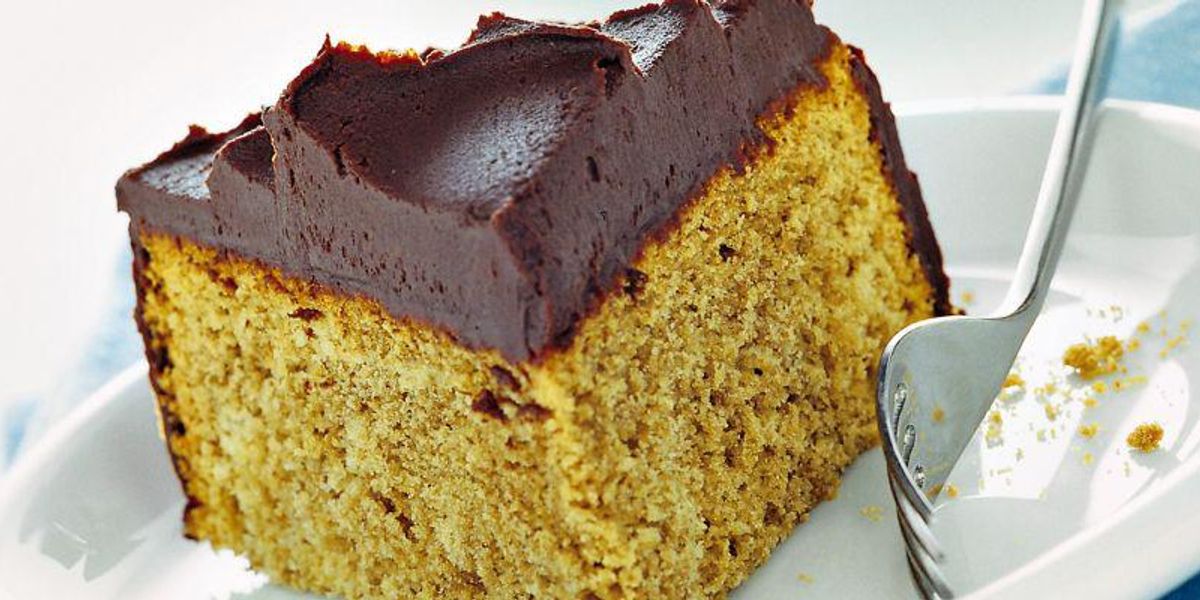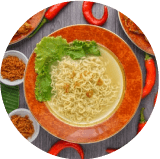
Rich in protein and calcium, invigorating and invigorating, this micro-alga has also appeared in many food products. And production in Italy has increased. But spirulina is not all the same. Here's how to recognize the quality one
It grows spontaneously in the warm, alkaline, and mineral-rich waters of the lakes of Central America and Central-Eastern Africa. But also in Italy, it has found its habitat, so much so that, in the Emilian countryside, on the Sicilian coasts, on the Venetian hills, and in the Marche hills, warehouses and greenhouses have appeared where spirulina is grown. And we are only at the beginning because this freshwater micro-algae (no larger than half a millimeter) seems destined to acquire more and more space in Italy and on our tables. And for many (valid) reasons.
Spirulina has been consumed for centuries (since the time of the Aztecs), but in the West, it is only mentioned at the beginning of the 1970s, when FAO defined it as "the food of the future" due to the combination of interesting nutritional properties and modalities sustainable cultivation. A tablespoon of dried spirulina has the same protein as an egg, as much provitamin A as a banana, and as much vitamin E as 300 grams of rice. But to be cultivated, it needs a third of the water used for soy and a fiftieth of the water needed for beef. And it is the food that requires less water and energy per kilogram of protein. As rich in nutritional elements as it is “sparing" in its agricultural needs, spirulina has been considered by the WHO as a precious food to combat malnutrition. NASA has chosen it as the perfect food for astronauts as it is so "concentrated" that small quantities are enough to provide a wide range of essential nutrients. Spirulina is an excellent source of noble proteins (about 65%), vitamins and minerals (particularly calcium and iron in a well-assimilated form), minerals and trace elements, Omega 3 and Omega 6, and can be produced in half the world, even in extreme environmental conditions. Therefore, it is not surprising that it has been widely used in the world of supplements, especially for athletes. It is only recently, however, that spirulina has also arrived on the table: now it can be purchased in various forms, even at the supermarket, both pure (dried or fresh) and in powder form to be used as an ingredient in various foods (from pasta to crêpes, from ice creams to sauces), to which it gives an unusual and pleasant color ranging from green to blue. The range of foods enriched with spirulina, such as bars, pasta, and snacks, is also growing.
The one produced in Italy is the top
The development of a niche but recognized quality Italian supply chain certainly contributed to bringing spirulina into our kitchens. Today as much as 95% of spirulina consumed in Italy is imported from Asian countries (China in particular), but 5% of national cultivation is considered the top. Companies such as the Emilian Bertolini Farm, the Tuscan Severino Becagli, the Campania Pam, and the Marche Green Tech have started full-cycle breeding (and others have announced they want to start it shortly) following the dictates of organic farming. These companies farm spirulina in closed and controlled environments: a significant factor because it protects from external contamination and does not require the use of chemical pesticides, such as pesticides and herbicides. The cultivation of spirulina is a smart way to recover thermal energy and enhance the excess of hot water obtained from cogeneration plants powered by biogas (so much that in the Reggiano area, 8 municipalities have associated themselves with cultivating it) or the residual water of oil mills. These culture waters, and the products obtained, are subjected to microbiological and chemical analysis to ensure their purity and safety. It is not an element to be underestimated since spirulina is a natural filter because it absorbs nitrates and phosphates (the main pollutants contained in wastewater) using them as nutrients. And therefore, if it comes from polluted or contaminated environments, it retains its "memory," especially as content of heavy metals and mycotoxins.
There are many types of spirulina on the market, with very different characteristics, but what makes the difference and determines its quality are the type of cultivation, the nature of the micronutrients used, the environment in which it grows and reproduces, the controls and analysis to which it is subjected, the processing and dehydration methods. For example, Bertolini Farm produces it all year round, thanks to the thermal energy recovered from the company's cogeneration plant, and dehydrates it at low temperatures to alter its nutritional values. Within 12-24 hours, the spirulina is collected, processed, and packaged in resealable bags, without the addition of additives, excipients, thickeners, or dyes. Not all products on sale have these characteristics. Therefore it is always good to check the list of ingredients, the percentage of spirulina, and the possible presence of additives on the label.
The latest findings on the benefits of spirulina
The most "classic" use of spirulina is in supplements that strengthen the immune system, have antioxidant and energizing effects, mainly used by athletes to improve performance and increase endurance. More recently, however, natural spirulina (i.e., dried or fresh), due to its immunostimulating effects, has proved useful as a tonic (for example, during or after oncological treatments) calcium content; it has also been used in the fight against osteoporosis. And then, due to its capacity to satiate and the high protein content, it has also become a must in high-protein diets or when you want to lose weight without losing muscle tone and without suffering from hunger pangs, since it provides an amino acid, tyrosine, which helps to control the sensation of appetite. Investigations on the benefits of spirulina are increasingly numerous, and many are conducted in Italy. Like the one carried out by Irccs Neuromed of Pozzilli and published in the journal “Hypertension," it emerged that spirulina extracts contain a molecule with an anti-hypertensive action. Or like the review published by researchers from the University of Modena and Reggio Emilia, which attributes anti-inflammatory and antiviral properties to spirulina as well as the ability to regulate fat metabolism.
Put a touch of blue on your plate
But what makes spirulina popular today are above all “aesthetic" reasons, linked to that beautiful green-bluette color, so “instagrammable," which it gives to so many foods. This coloring capacity, in reality, is well known, so much so that spirulina was initially cultivated precisely to extract its pigments (such as phycocyanin and chlorophyll) and represents one of the two vegetable dyes capable of dyeing foods green-blue (like Smarties) in addition to cosmetics and fabrics.
And these coloring pigments are a mine of antioxidants, beneficial for the human body: phycocyanin, in particular, has shown important antioxidant and anti-inflammatory properties. Rightly considered a "superfood," spirulina can be added raw to yogurt, fruit extracts, smoothies, and salads and can be used as an ingredient to prepare bread, pasta, biscuits, ice cream, risotto, lasagna, and baked goods—greater nutritional value.
And with a surprising color, but without changing its flavor. If you add it to a liquid, it is good to do it gradually to obtain a kind of seaweed "jam." The recommended dose ranges from 3 to 5 grams per day, equivalent to a heaped teaspoon. But athletes and vegans can gradually build up to 10 grams. The "pure" one, dried or fresh, is easy to dose and is taken by spoons, both because it is "concentrated" and has a salty taste that tends to impose itself. Instead, if you choose spirulina food products, it is good to check the actual quantity in the list of ingredients. Spirulina pasta is an excellent source of vegetable protein (particularly suitable for vegans and vegetarians). It has its own particular texture, which makes it perfect for recipes with fish and vegetables.







